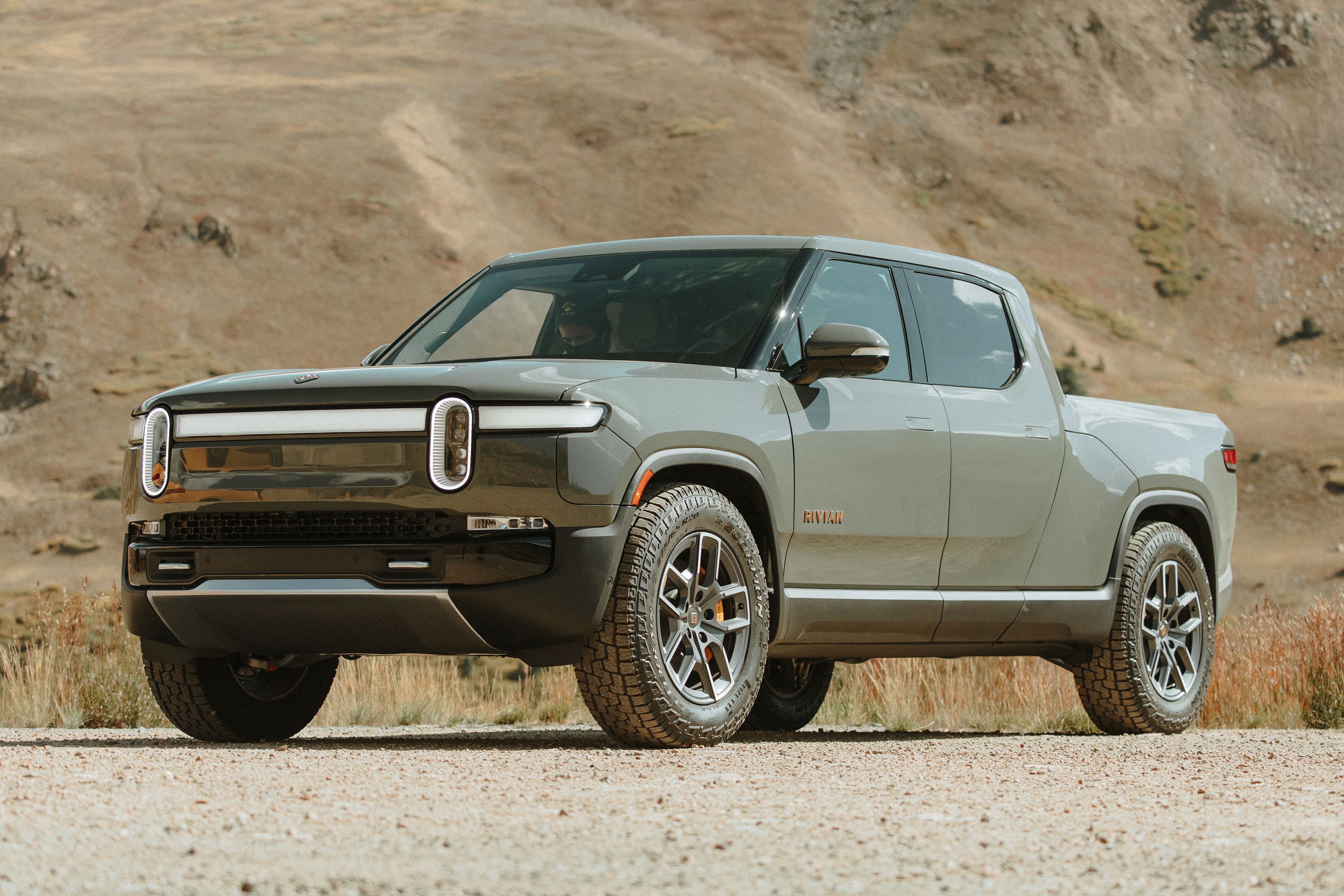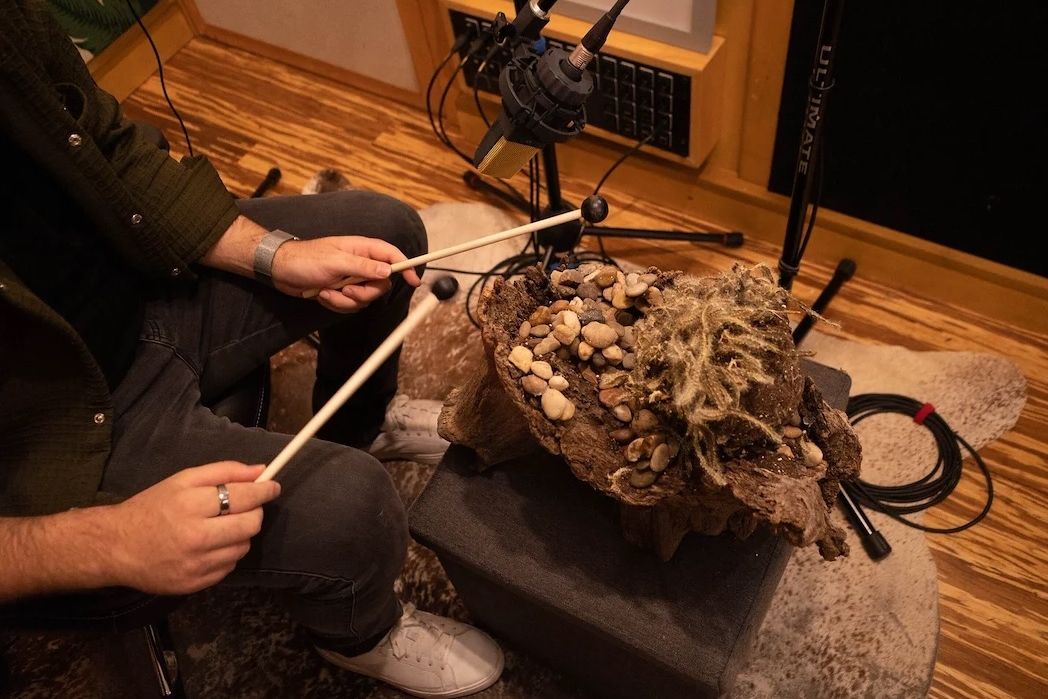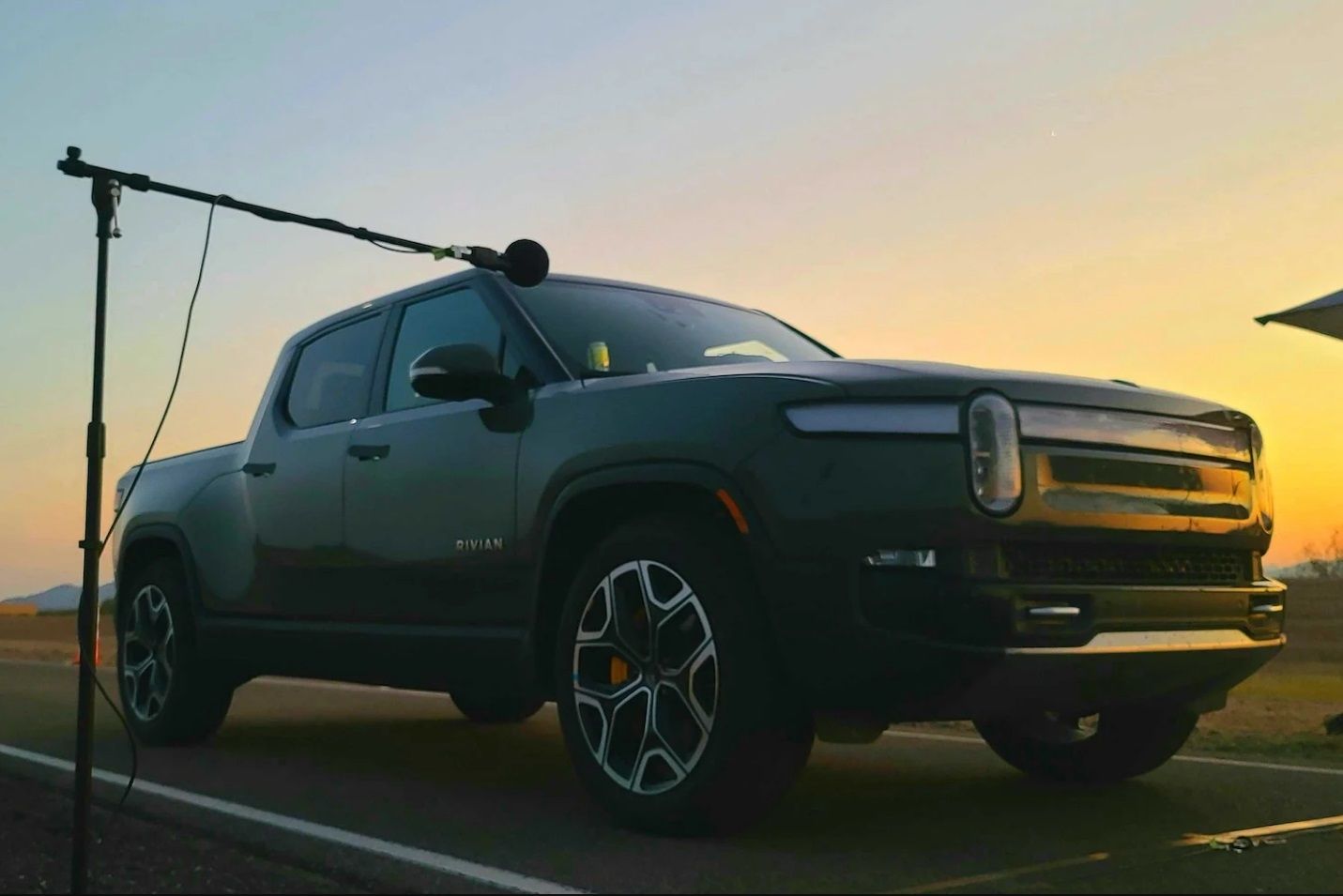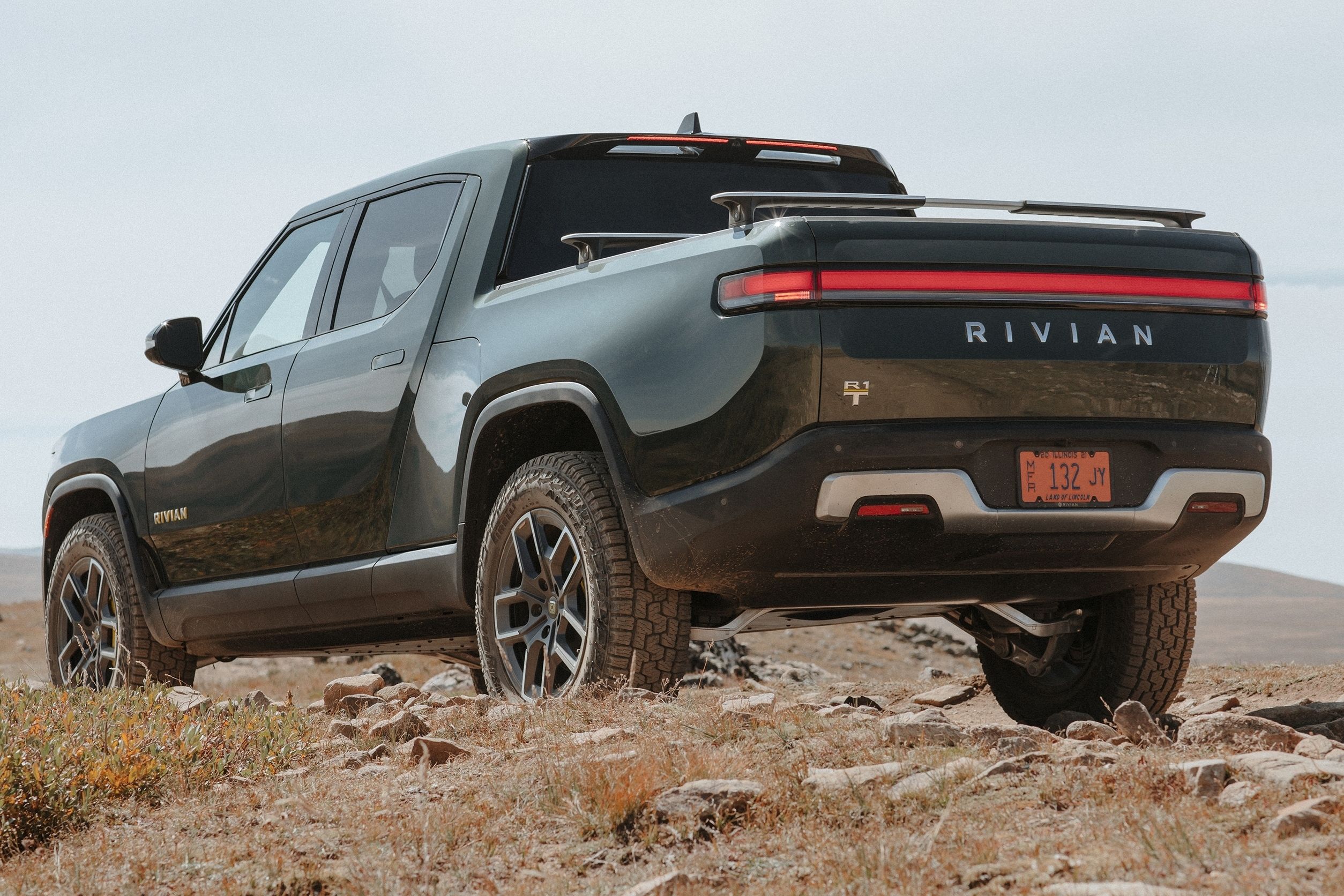Rivian recently published a newsletter exploring all the interesting sounds it chose for its R1T and R1S.
As you might know, an EV is required to emit a sound at low speeds to ensure pedestrians and cyclists can hear them coming. At Rivian, a six-member team was charged with finding this sound, and the process kicked off in March 2021 before the car officially went on sale. By the time the group gathered, much of the work had already been done, as they had 50 sounds recorded and three finalists to choose from.
"Of all the sounds we created for our vehicles, the acoustic vehicle alert system, or AVAS, was one of the most debated and considered," said Principal UX Designer Eric G. "We knew this would be something owners and non-owners alike would hear a lot - in grocery store parking lots, out on trails, campsites, and at busy city intersections."
The team wanted a sound that would be noticeable without being annoying. It needed to work in the city, but Rivian didn't want it to sound out of place in nature. That ruled out a system like the one from Dodge's Fratzonic Chambered Exhaust.
Rivian eventually settled on a combination of field-recorded sounds, including water and wind from Laguna Beach, Mammoth Lakes, and the Colorado River. The American EV maker effectively used the sounds of tranquility to keep people safe, which makes sense.
But Rivian didn't stop there, knowing that it wanted nature to provide the sounds for more than just the AVAS system.
"We knew from the beginning we wanted to use nature as a source of inspiration for all the sounds we incorporated into the vehicles," said Director of UX Special Projects, Chris Jacobs. "If electric vehicles are the future of transportation, why not make them blend into the natural world they're helping to preserve?"
BMW had the same sort of idea for its electric vehicles, but instead of using nature, it paid two-time Oscar winner and renowned composer Hans Zimmer to develop its soundscapes.
Rivian took a microphone and explored America to replace a series of sounds we've become accustomed to over the years. The sound of a turn signal indicator came from a relay switch, but in modern times it's nothing more than a noise played through the sound system because it's familiar. When something imitates the design of something similar for the sake of familiarity, it's called a skeuomorph. But why stick with a skeuomorphism soundscape when you can reinvent a classic noise?
And so Rivian recorded two sounds and layered them. The first is a wolf howl, and the second is wood tapping against another piece of wood. After finetuning these sounds, the team had a satisfying woodsy tap.
Our favorite is the lock chirp. Instead of relying on a short horn blast, which has to be one of the most annoying sounds in your basic middle-class suburb, Rivian used the chirps and warbles of mountain bluebirds. These sounds were recorded during the summer in Yellowstone National Park.
One part of the bluebird's chirp was isolated, a warble was layered over it, and the pitch was increased. The result is so much more pleasing than a traditional horn.
"The lock chirp really sums up everything we're trying to achieve. It's natural, fun, and delightful," said Director of Noise, Vibration, and Harshness Aaron Lock.
For a brand with a reputation for innovation, expanding on the basic sounds people hear every day is exactly what we expect. Doing it with a focus on nature is just the cherry on top.




